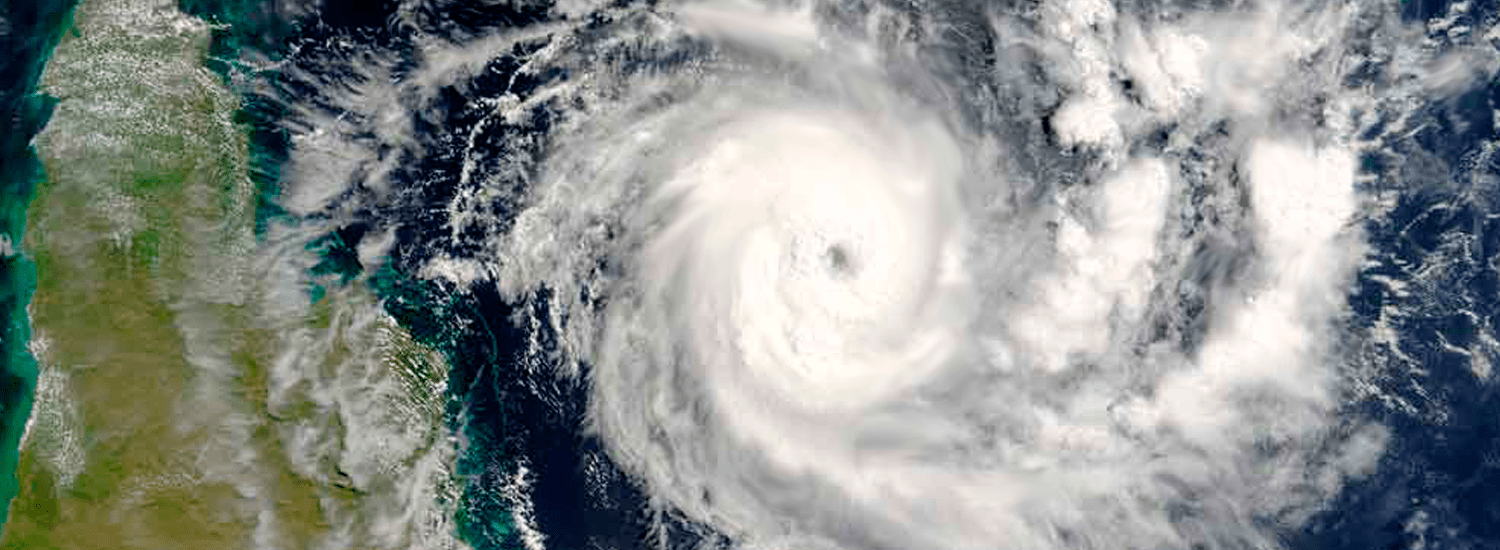Bushfire warnings: know the signs in an emergency
- Australia’s warning system has changed for bushfires and other emergencies
- A national warning system has been developed to promote consistency across the country
- Refer to local authorities for current warnings in your community
Bushfires can happen at any time, although peak bushfire activity will vary according to weather patterns and geography. Conditions can change very quickly, so it’s important to understand the warnings.
Until now, emergency services in each state and territory used different types of warnings to advise local communities on the threat levels of bushfires.
To avoid this confusion, the National Emergency Management Agency has partnered with the Australian Institute of Disaster Resilience to develop a consistent, national warning framework called the Australian Warning System.
The three Australian Warning System levels

1. Advice (Yellow)
This means there’s a fire nearby with no immediate danger. Stay in touch with local authorities and monitor conditions in case the situation changes.
You may be instructed to do any of the following:
- Prepare now
- Stay informed
- Monitor conditions
- Avoid the area.
2. Watch and act (Orange)
This means there’s a heightened level of threat. Conditions are changing which may pose a threat to life and property. You need to act now to protect you and your family.
You may be instructed to do any of the following:
- Prepare to leave
- Leave now
- Prepare to take shelter
- Move/stay indoors
- Walk two or more streets back
- Monitor conditions as they’re changing
- Move to higher ground
- Avoid the area
- Stay away from damaged buildings and other hazards
- Prepare for isolation
- Protect yourself against the impacts of embers and extreme heat
3. Emergency warning (Red)
This is the highest level of warning. It means you are in immediate danger as a fire will impact your area. Take action immediately – any delay puts your life at risk.
You may be instructed to do any of the following:
- Leave immediately
- Take shelter now
- Too late, dangerous to leave
How alerts are communicated

Where there’s a risk from bushfire, Australia’s local fire services, including the NSW Rural Fire Service uses Bush Fire Alerts to provide information to affected communities via radio, TV and the internet, including their websites and social media platforms like Facebook and Twitter. An App may also be available for your area.
Alerts give you information about the severity of the fire, its location and what you should do.
But alerts are not always given in the order outlined above. A fire may be at ‘Watch and act’ or ‘Emergency warning’ first, according to the NSW Rural Fire Service.
Some fires spread so quickly there’s no time for any warning at all. That’s why emergency services advise those at risk be prepared to put their Bushfire Survival Plan into action with little or no warning.
For step-by-step instructions, visit the MyFirePlan website.
Leave early checklist
Inside
- Close doors, windows and vents
- Fill baths, sinks, buckets and bins with water
- Soak towels and rugs and lay them across external doorways
- Move furniture away from windows
Outside
- Turn off gas mains and/or bottles
- Move flammable items away from the house
- Block drainpipes with socks full of sand and fill gutters with water
- Do not get on the roof to hose it down
Before you leave
- Pack items you want to take with you, as identified in your Bushfire Survival Plan
- Secure your home by locking all doors and windows
- If you live on a rural property, leave gates unlocked so firefighters can access your property if necessary
- Confirm the location you’re heading is still safe, away from the fire
- Confirm your planned route is clear
- Contact a relative or friend and tell them you are leaving, and for where
- Contact them again once you’ve arrived safely
Bushfire peak periods
According to the Bureau of Meteorology, for northern Australia the peak bushfire period is during the dry season, which is generally throughout winter and spring.
In southern Australia, the bushfire season peaks in summer and autumn. While these are traditional peaks of the bushfire season, local conditions can drive dangerous bushfire activity at any time.
That’s why it’s a good idea to review your bushfire plan regularly.
For more information, contact your local fire authority:










